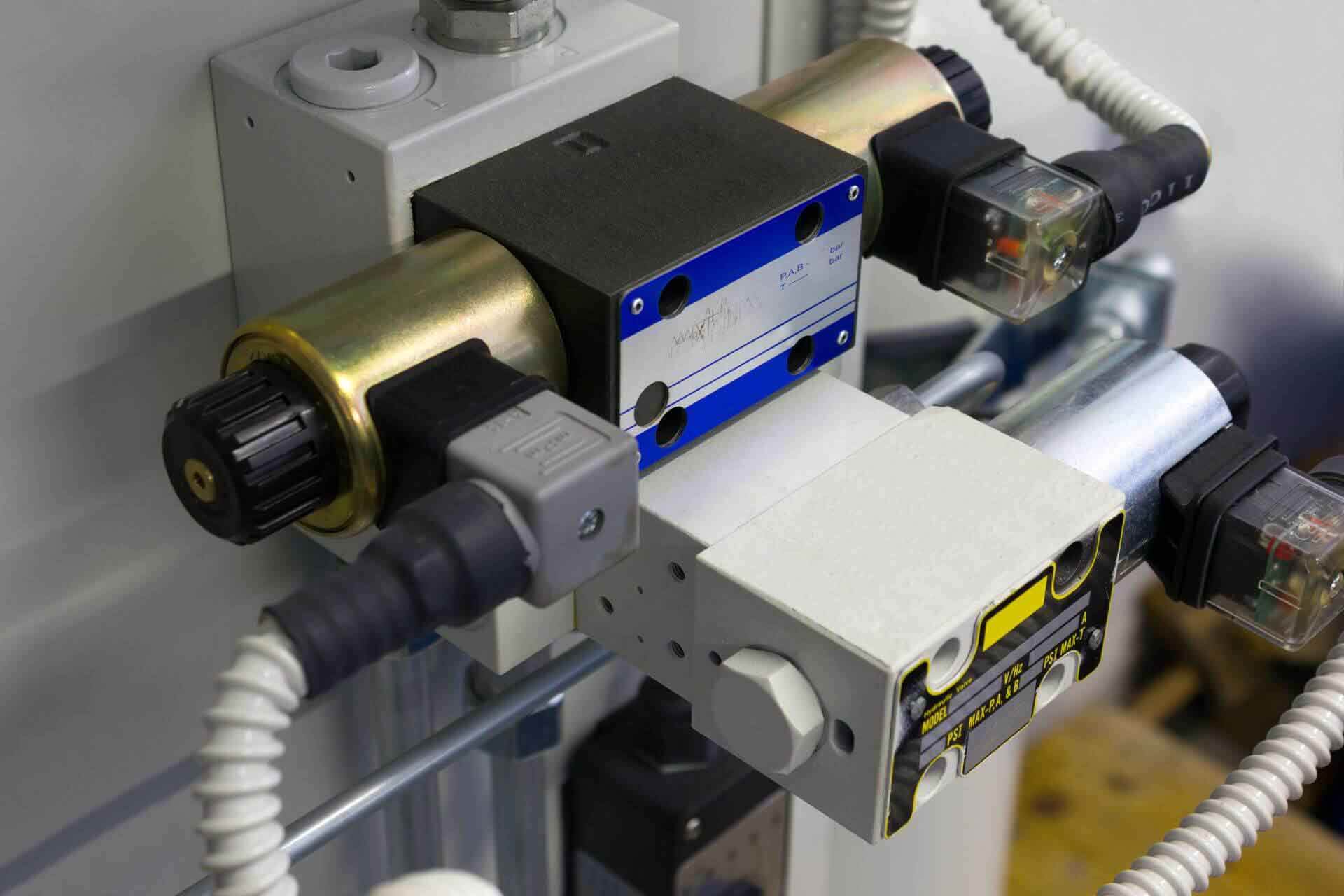
If you’re one of the professionals tasked with the operation and maintenance of hydraulic systems, then you are likely aware of the importance of using standardized parts to ensure uniformity and compatibility across components. Nowhere is this more important than during valve installation, which is why we frequently see mounting plates built for globally standardized elements, such as the D03 valve.
At Aberdeen Dynamics, we specialize in the development and integration of custom hydraulic technologies, and in this blog post, we’ll explain the D03 standard dimensions for valve mounting plates in these types of systems. In this way, we’ll help you understand the importance of using D03-compatible machinery and how it may apply to your specific operation and industry.
Why Choose D03-Compatible Machinery?
As an industry professional, you’ve probably already dealt with D03-compatible machinery quite a bit. That’s because it’s one of the most commonly used standards in the business. The International Organization for Standardization (ISO) uses 4401-03 (also known as CETOP-3) to refer to the mounting pattern for valves of that specific size. The code D03 matches those designations and is used by the National Fluid Power Association (NFPA) in the United States.
So, while the exact terms used may differ, the standards themselves are used worldwide, meaning that you can mix and match brands and countries of origin when it comes time to order parts for your equipment. As long as they conform to the above codes, the valves and their connections are interchangeable.
While there are multiple different standard sizes used throughout the industries that depend on hydraulic machinery, the D03 valve is one of the most ubiquitous, possibly being more common than others in the series, such as the D05. Capable of facilitating fluid transfer for a wide range of applications, D03-compatible parts can usually be found easily and ordered quickly, minimizing the downtime that results from the need to replace a valve or other component.
D03 Measurements
There are several standardized measurements of a D03 valve. However, other features of the valves and their mounting system may vary depending on the type of application. The port diameter for this type of configuration is 7.5 mm (0.295 inches) and can be line mounted, manifold mounted, or subplate mounted.
The mounting method depends on the flow rate required, as well as the overall pressure (which we’ll discuss further in the section about common applications for this valve type). Line-mounted valves are better suited for lower flow rates, while manifold-mounted valves can be better suited for a smaller pressure drop, and subplate-mounted valves can handle a greater PSI.
D03 valves themselves are rated for high-pressure applications, capable of withstanding pressures of up to 5,000 PSI, with practical working pressure usually ranging from 3,000 to 3,500 PSI. For hydraulic systems where the pressure will be greater, alternative valve mounting plates will be required.
They can also achieve a high flow rate, although the exact level depends on the spool type. With the right configuration, a D03 valve can have a flow rate as high as 20 GPM, although most will be significantly lower than this, with the average being 6 to 12 GPM. In solenoid-controlled valves, the coil voltage may also impact the pressure and flow rate. It’s critical that valves receive the correct voltage for their ratings: Check if your valves are rated for 12V, 24V, or more.
Understanding the Bolt Patterns
D03 valves are designed to match D03 mounting ports. Both must have the same bolt pattern to conform to the ISO standards.
There are four ports arranged in a diamond pattern, with mounting holes on each side to allow the subplate to be connected to the machinery structure. The spacing of these is standardized at 40.5 mm x 31.75 mm. The oil port positions must also conform to ISO and NFPA specifications, with the pressure port (P), the working ports (A and B), and the tank port (T) all having a consistent arrangement to ensure interchangeability for the valves that will be connected to them.
One of the mounting holes will be slightly offset from the other one, and there is a good reason for this: It ensures the subplate cannot be attached upside down. If you are attempting to attach a subplate and find the mounting holes don’t line up, try rotating the plate until they do.
The ports themselves can differ somewhat depending on the manufacturer, but they are commonly 16 mm in depth, with an M5 screw size being frequently used. A nominal diameter of 4.8 mm is the Unified National Coarse (UNC) standard for these types of connections.
Most Common Applications for D03 Valves
D03 valves are among the most widely used in the world, having applications in nearly every industry that depends on hydraulic fluid systems. They are particularly useful when a high-pressure system is needed for a compact space. This means that they are frequently found in manufacturing, agriculture, molding, and for transportation technologies (they work excellently for brakes and power steering). You’ll also see these valve types in construction and demolition, and they are commonly found in forklifts and other widely used technologies. As leaders in the world of hydraulic equipment design and integration, the experts at Aberdeen Dynamics can help ensure you have the correct valves and mounting hardware for your application. Contact us today, and we’ll help you to create a hydraulic system that is perfectly suited to the needs of your operation. We’ll also assist with creating the proper connections and the perfect seal materials to ensure performance, efficiency, safety, and longevity for your hydraulic equipment.